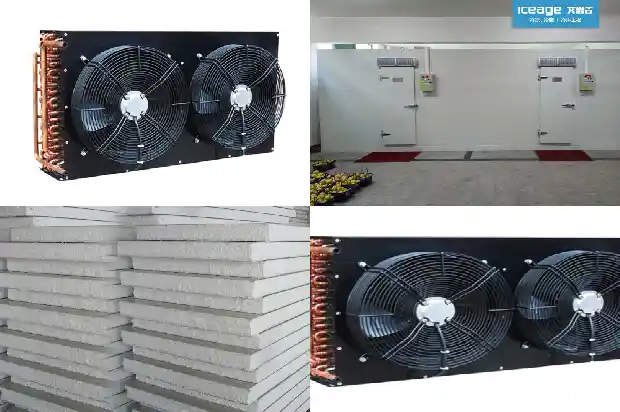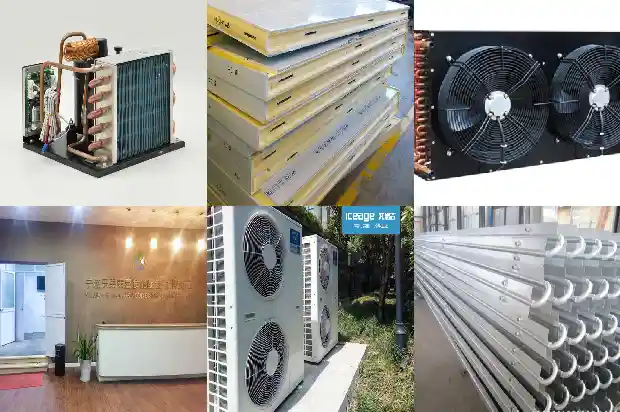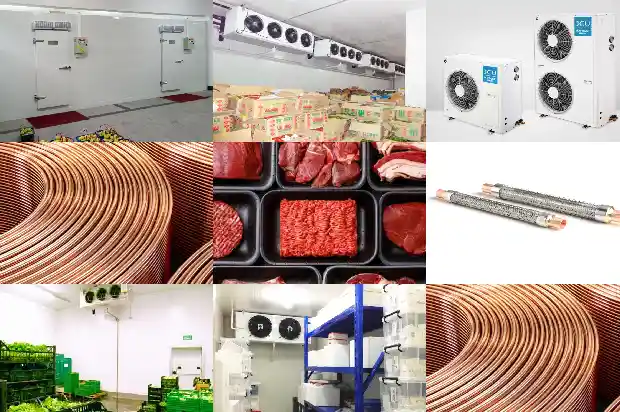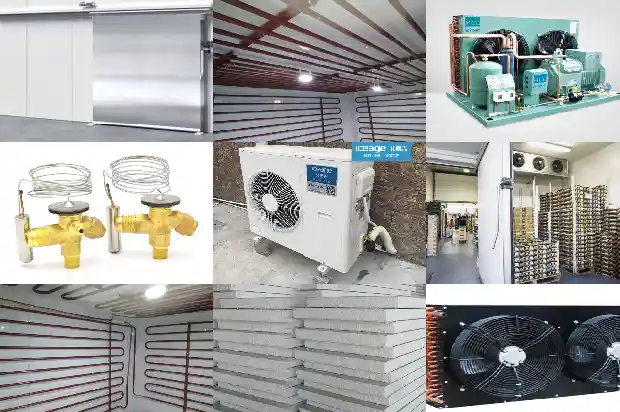Drainage of Refrigeration System Piping
2024-09-26
After the refrigeration device is assembled or the refrigeration system is installed, in order to prevent impurities, welding slag, oxide scale, etc. generated during installation or welding from remaining in the system and causing wear of the moving components of the system during operation, or blockages at expansion valves, capillaries, filters, etc., it is necessary to perform "drainage" on the refrigeration system before it runs, also known as "blowdown treatment".
Draining the refrigeration system is to blow out the interior of the refrigeration system with nitrogen gas with a certain pressure (the gas pressure is generally 0.5-0.6 Mpa) to discharge the debris in the system.
To check the effect of drainage, a white gauze can be soaked and fixed on a wooden board and placed 300-500mm away from the drain outlet until the white gauze does not change color. The drainage work needs to be carried out multiple times.
Tools for drainage:
Pressure reducing valve, double-gauge repair valve, adapter, filling tube, nitrogen gas, pressure-resistant rubber gas transmission hose, connecting hand valve, white wet cloth, plug, adjustable wrench.
The steps for drainage are as follows:
Draining the refrigeration system is to blow out the interior of the refrigeration system with nitrogen gas with a certain pressure (the gas pressure is generally 0.5-0.6 Mpa) to discharge the debris in the system.


To check the effect of drainage, a white gauze can be soaked and fixed on a wooden board and placed 300-500mm away from the drain outlet until the white gauze does not change color. The drainage work needs to be carried out multiple times.

Tools for drainage:
Pressure reducing valve, double-gauge repair valve, adapter, filling tube, nitrogen gas, pressure-resistant rubber gas transmission hose, connecting hand valve, white wet cloth, plug, adjustable wrench.
The steps for drainage are as follows:
- Connect the nitrogen cylinder, pressure reducing valve, rubber hose and double-gauge valve in sequence.
- Open the valve of the nitrogen cylinder, adjust the pressure adjusting screw, and observe the dial. Nitrogen gas of 0.6 Mpa can be output.
- Start blowdown in sections.
① Close the hand valves on the high and low pressure sides of the double-gauge repair valve, connect the connecting hose on the high pressure side to the air inlet of the high-pressure system, and block the system air outlet with your hand; open the hand valve on the high pressure side of the double-gauge repair valve to allow nitrogen gas to enter the high-pressure system. Observe the reading of the high-pressure pressure gauge. When the pressure reaches 0.5-0.6 Mpa, or when it feels that the pipe opening cannot be blocked by hand, quickly release your hand to expose the pipe opening and let the dirt and other substances in the system spray onto the wet cloth board. Continuously perform this action until there is no dirt, water trace, etc. on the white cloth before ending the operation.
② Then, according to the above steps, perform drainage operations on the low-pressure system, connecting pipelines, and throttle components respectively. - After the blowdown operation is completed, close the valve of the nitrogen cylinder and the pressure reducing valve regulating valve of nitrogen in sequence, and release the nitrogen gas in the rubber gas transmission hose.
- Tidy up and restore the pipeline connection and the site.
- When using a nitrogen cylinder for drainage, pay attention to relevant safety matters and operate in accordance with specifications. Do not completely use up the gas in the bottle. Observe the gauge pressure of the pressure reducing valve in time. Be sure to retain a pressure of more than 0.
05 MPa.
Related Articles
- Instructions for Welding and Drainage in the Installation of Refrigeration Equipment Pipelines
- Have You Encountered the Three Common Problems of Refrigeration Compressors?
- How to Calculate Refrigeration Load? And What Are the Issues?
- What to Do if the Compressor of a Frozen and Refrigerated Display Cabinet Runs but the Refrigeration Effect Is Poor?
- Common Pressure Valves and Protection Devices in Refrigeration Units
- Precautions for Using Rotary Refrigeration Compressors
- What Misconceptions Should Be Avoided in Low - temperature Refrigeration System Repairs
- Essential for Maintenance! Parameters and Phenomena of Normal Operation of Refrigeration and Heating Systems
- Composition and Common Faults of Screw Refrigeration Compressors
- How to Read the High - and Low - Pressure Gauges of Refrigeration Air - conditioners?
- What is Cascade Refrigeration?
- Introduction to Control Valves in Refrigeration Systems
- Welding Equipment Used in Refrigeration System Maintenance
- Where Lie the Key Construction Technologies of the Ammonia Refrigeration System?
- What to Do When a Refrigeration Unit Malfunctions?
- Could a Tiny Copper Tube Cause a Multi - split Air Conditioner to Stop Cooling? Refrigeration Workers Must Pay Attention!
- Has Your Refrigeration System Experienced "Oil Carry - over"?
- Basic Knowledge of Valve - type Components in Refrigeration Systems (Technical Sharing)
